
Venturing to the Ocean's Twilight Zone
Video plankton recorder
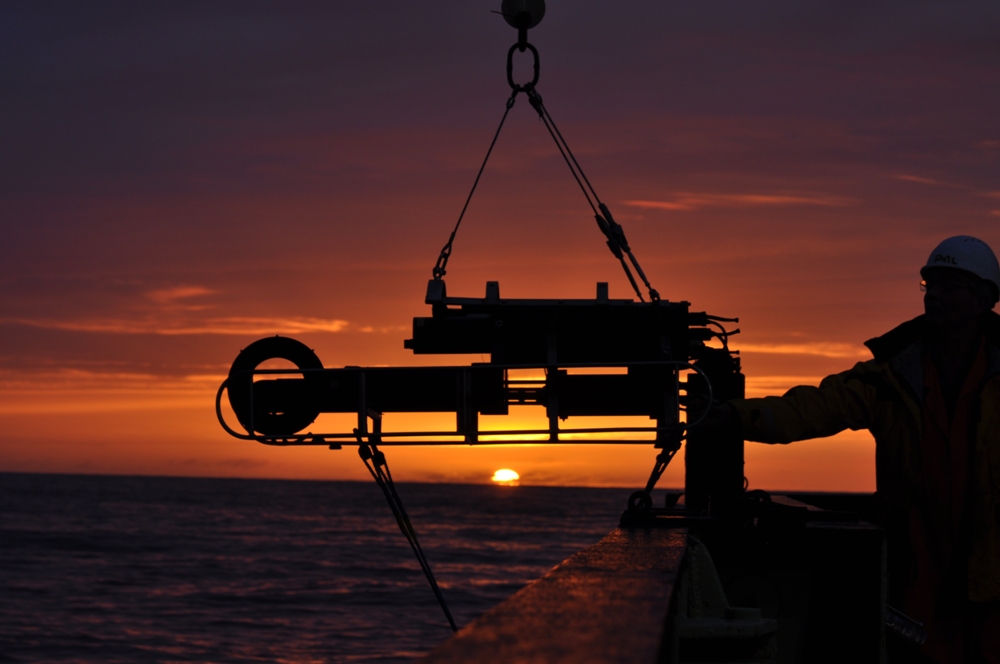
A marine expedition to the North Atlantic is investigating the "twilight zone" of the ocean — a region between 100 and 1000 meters (330 to 3,300 feet) below the sea surface where sunlight fades into the dark depths.The royal research ship James Cook is parked above the Porcupine Abyssal Plain, 350 miles (560 kilometers) southwest of Ireland. There, researchers are studying how planktonic life near the ocean surface influences how atmospheric carbon makes its way down into the ocean.Above: Deployment of the Video Plankton Recorder (VPR) at sunset. The VPR is equipped with a camera able to photograph plankton in their natural environment.
PELAGRA deployment
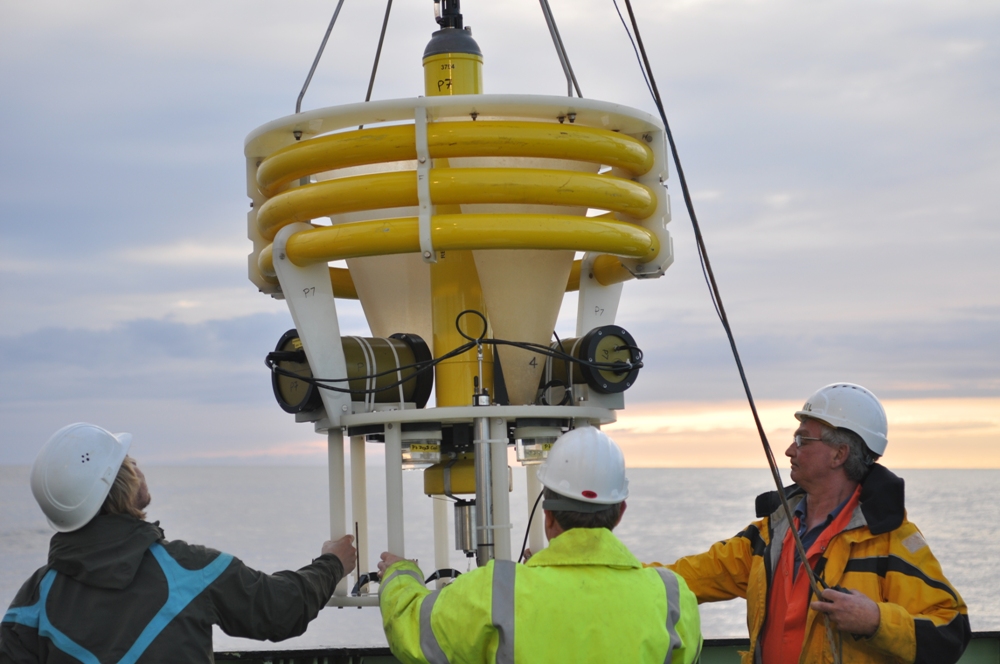
Scientists and crew deploy a free-floating sediment trap called a 'PELAGRA'. It is designed to sample marine snow and other sinking particles at depths down to 500 meters for several days.
Retrieving PELAGRA
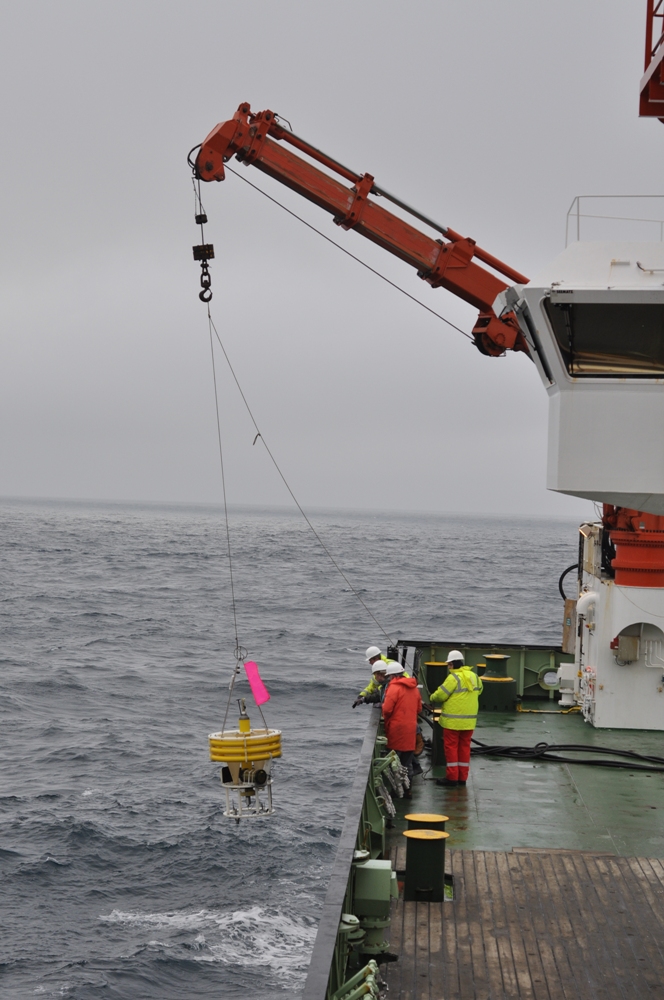
One of the lagrangian particle traps called "PELAGRA" is retrieved after autonomous sampling in the twilight zone of the Northeast Atlantic.
PELAGRA on deck
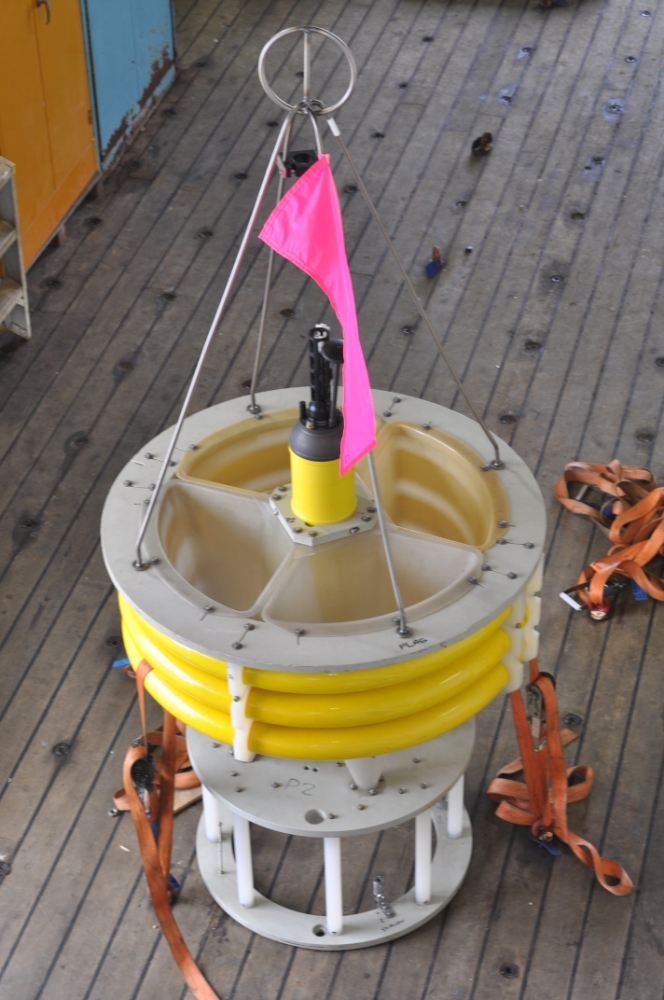
A 'PELAGRA' free-floating particle trap on deck.
R. Lampitt samples from PELAGRA
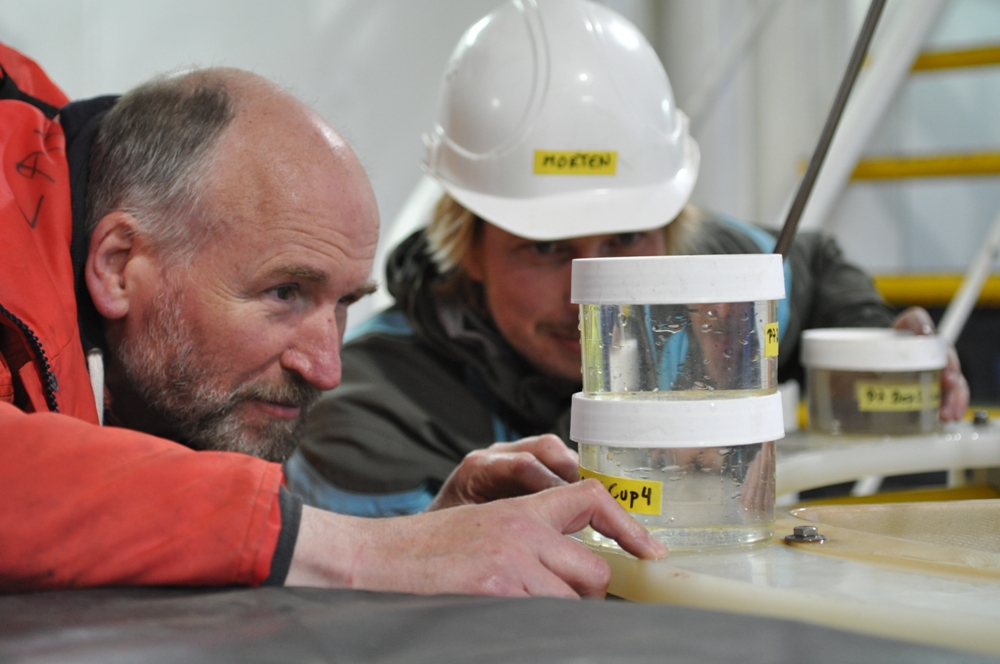
Principal Scientist Richard Lampitt inspects a sample taken by a neutrally buoyant sediment trap called 'PELAGRA'.
Plankton
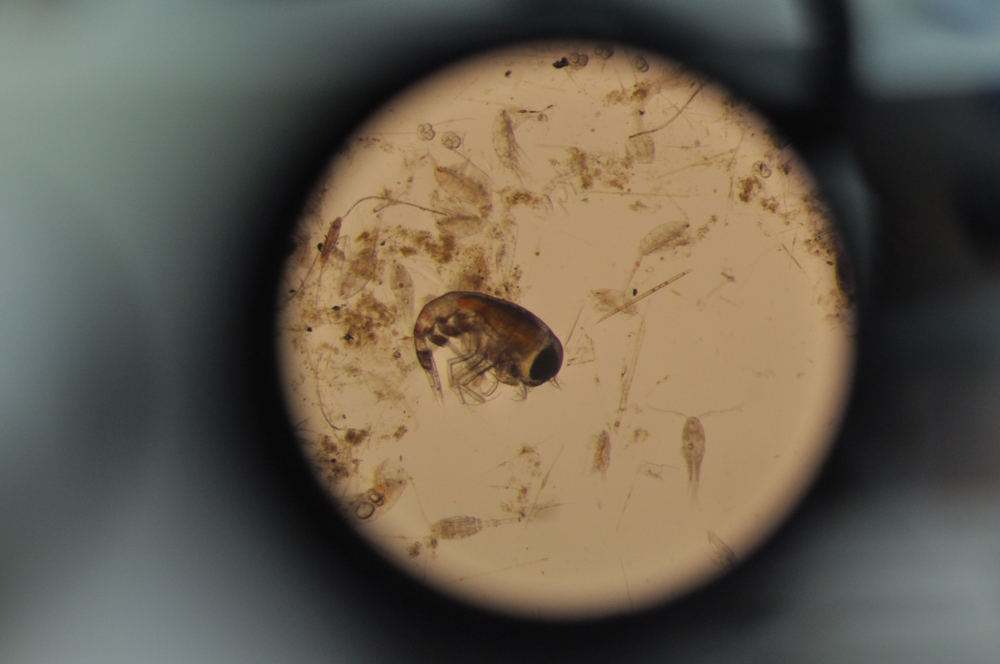
A snapshot of the plankton community at the Porcupine Abyssal Plain (PAP) Observatory, prominently showing the Amphipod Themisto compressa, as well as different copepods, phytoplankton and marine snow.
Setting up the multinet
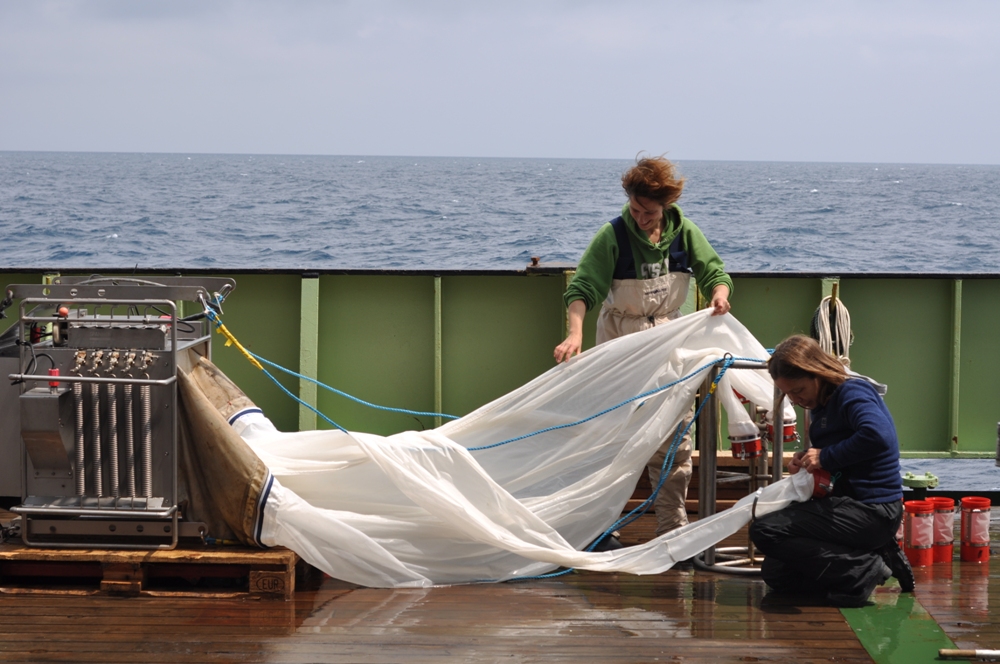
Preparing the multinet for deployment on deck the RRS James Cook. The multinet captures zooplankton and allows depth stratified sampling at different mesh sizes.
Sign up for the Live Science daily newsletter now
Get the world’s most fascinating discoveries delivered straight to your inbox.
Marine snowcatcher
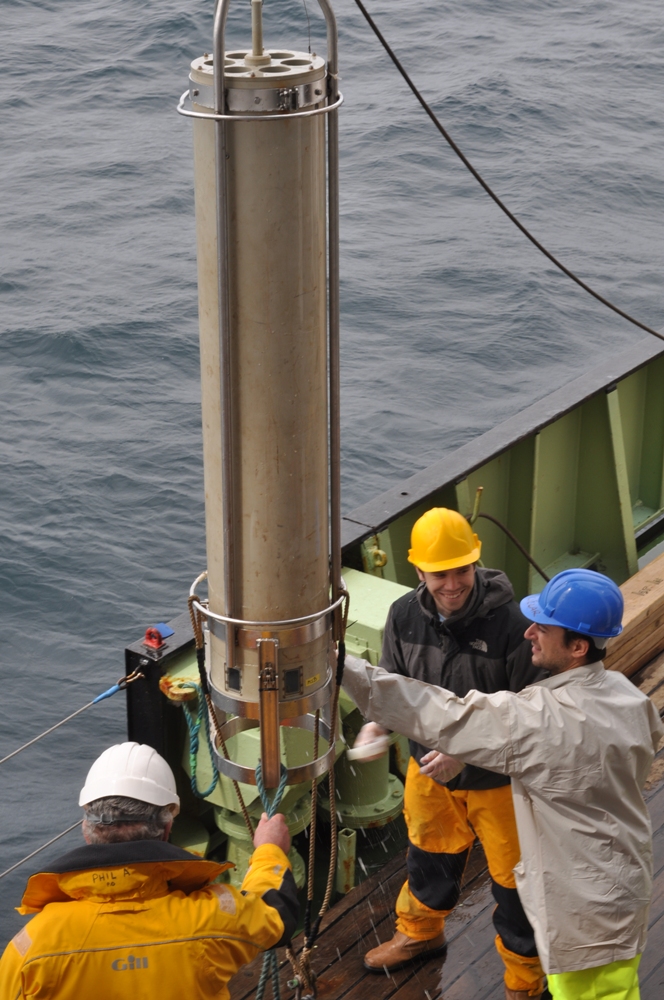
Scientists take samples from the Marine Snowcatcher, which is designed to capture sinking aggregates called 'marine snow'.











